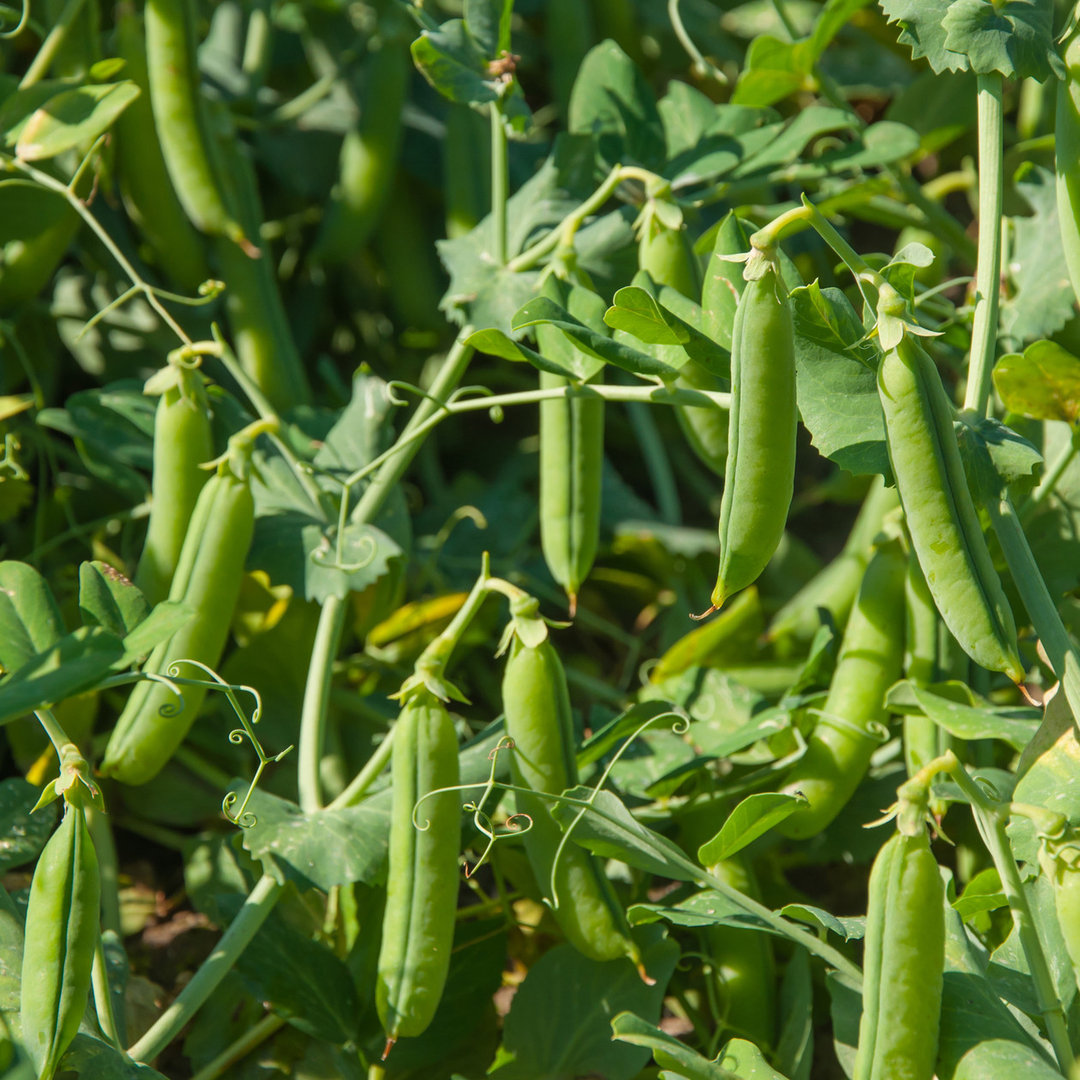Canada: wet weather likely reduced dry bean acres

Manitoba’s dry bean growers likely planted less of the crop than originally anticipated, says an industry official.
Dennis Lange, provincial pulse crop specialist with Manitoba Agriculture, was initially forecasting about 125,000 acres of the crop, down from last year’s 175,000 acres.
He now thinks it will be closer to 100,000 to 110,000 acres as growers switched to other crops due to the wet conditions.
Pinto beans are the most popular choice for Manitoba growers.
He estimated farmers planted 80,000 acres of pintos last year, followed by 35,000 acres of navies and 25,000 acres of blacks with the remainder going to other types such as kidneys and cranberries.
Lange suspected farmers will cut back on planting navies and blacks more than pintos because pintos are the “tried and true” bean for the province’s growers.
Planting was seriously delayed in Manitoba. Barely any beans went in the ground until the last week of May or the first week of June.
Recent storms in the western half of the province haven’t helped.
“Those beans are definitely going to struggle if the water sits on them for more than a day,” he said.
The five-year average for Manitoba bean yields is about 1,700 pounds per acre. Last year that dropped to 1,200 lb.
Lange said it is far too early for yield projections. The crop is in the vegetative stage with flowering still weeks away.
The big concern with the late start to the season is an early frost but there have been plenty of open falls in the last five years, so he is not overly concerned about that.
Beans do not like wet feet, but they require adequate moisture for filling and yield, so a good drink at flowering time will be key.
Joe Cramer, executive director of the Michigan Bean Commission, believes farmers in his state planted 10 percent fewer beans than last year.
Growers seeded 210,000 acres in 2021, about half of which were black beans.
“The biggest cuts for us will come in navy beans and small red beans,” he said.
“I think our black beans will be similar to last year.”
He believes acres will be down in Minnesota and North Dakota as well. The United States Department of Agriculture has forecast a 17 percent decline in Minnesota and a much more modest two percent drop in North Dakota.
Cramer said seeding was delayed by the wet conditions in those two states but there was huge progress the past couple of weeks.
He believes there will be bigger cuts in black and navy been acres and less of a drop in pintos.
The USDA is forecasting a 12 percent drop in Nebraska’s dry bean acres.
“They’re down sharply in great northerns,” said Cramer.
He doesn’t think there will be much of a drop in pinto acres in that state, in fact they may even be up.
Read also
Wheat in Southern Brazil Impacted by Dry Weather and Frosts
Oilseed Industry. Leaders and Strategies in the Times of a Great Change
Black Sea & Danube Region: Oilseed and Vegoil Markets Within Ongoing Transfor...
Serbia. The drought will cause extremely high losses for farmers this year
2023/24 Safrinha Corn in Brazil 91% Harvested
Write to us
Our manager will contact you soon



